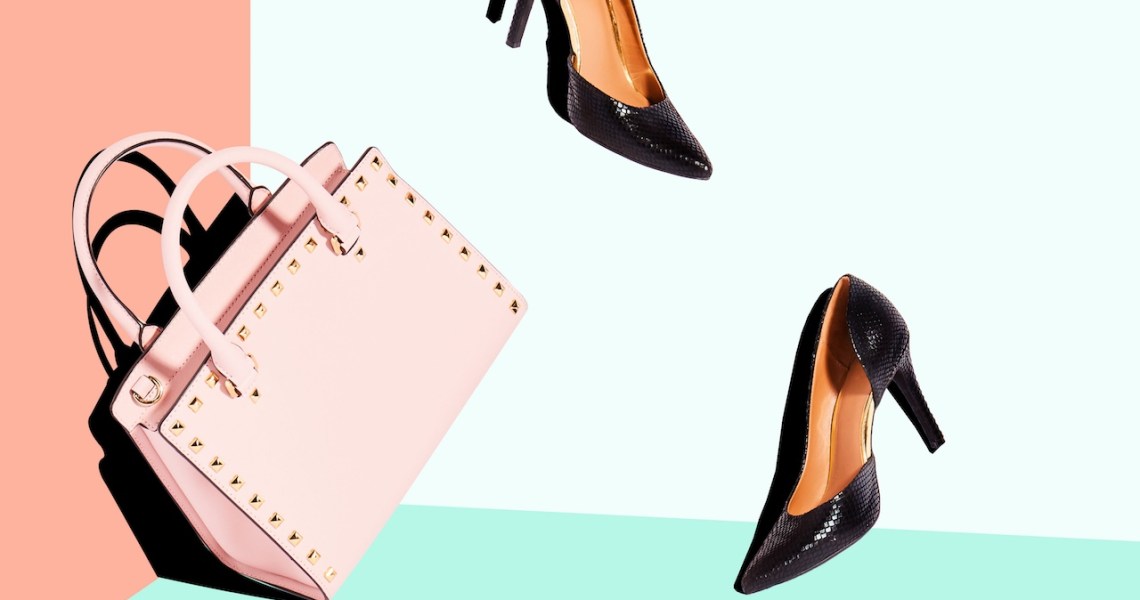On Tuesday, two of the biggest companies in resale — ThredUp and The RealReal — reported earnings. And in both companies’ earnings calls a similar theme emerged: Profitability is the focus.
ThredUp plans to reach profitability by the fourth quarter of this year, while The RealReal reaffirmed its prediction that it will achieve profitability by its fiscal 2024. The companies have different plans for reaching this goal.
It’s clear that the age of companies coasting off growth without profit, for years at a time, is over. Resale, despite being among the buzziest new industries to appear in the last decade, is feeling that pressure, as well.
Resale has several unique issues that make profitability a particularly challenging task. Ben Hemminger, CEO of the profitable handbag resale company Fashionphile, said the biggest issue is margins.
“The margin structure of resale is different,” Hemminger said. “We’re not mass producing the product, so we don’t have unit economics on our side. Each product sold is essentially a separate SKU. At J.Crew, they can price one T-shirt and that affects 10,000 units, where we have to do it 10,000 times. So the cost of each sale is high, and so your margins need to be higher if you ever want to see a profit.”
Fashionphile, which cleared the $400 million in revenue mark in 2021, has been profitable since it launched in 1999, Hemminger said. A major factor in that has been ensuring a minimum sale price that exceeds the costs of business. According to Hemminger, resale works best at a higher price point. That’s because the costs to sell something at resale, regardless of the selling price, are similar. Margins are better when luxury price points are involved. For example, photographing a $25 T-shirt isn’t more expensive than photographing a $750 handbag, but the latter ensures you get a lot more value for each purchase to offset the high operations costs.
But with increasing competition in resale, platforms still need to offer competitive rates for both buyers and sellers. One way to potentially improve margins and reduce costs would be to automate product pricing as GoodwillFinds has done, though this has yet to catch on.
On ThredUp’s earnings call, CEO and co-founder James Reinhart said the company’s seen a pullback in spending from the budget consumer, or the shopper who buys low-value clothes and is only shopping resale to get the lowest price possible. Those buyers, Reinhart said, are reducing their spending across the board. Instead, ThredUp will be refocusing its marketing and messaging on more expensive products and the buyers looking for them, he said.
ThredUp has made positive progress toward profitability, although it’s been slow. In the first quarter of 2023, its losses were $19 million, compared to $20 million in the quarter before.
“Even as the consumer environment remains dynamic, we are confident in our ability to flex our marketplace, invest in strategic growth opportunities and make progress toward profitability,” Reinhart said on the call.
At The RealReal, overall revenue was down by 3% compared to the same quarter last year, but gross profit increased by $11 million. On the call, the company’s CEO, John Koryl, stressed the strong push toward profitability by noting the company’s aggressive cost-cutting. That’s included dropping unprofitable categories, including home goods; laying off employees and restructuring commissions so that TRR earns more per sale.
“We reduced our low-margin direct business which had a tremendous impact on our margins,” Koryl said. “Our commission structure change also had the impact of deemphasizing the sales of items under $100, which were unprofitable.”




